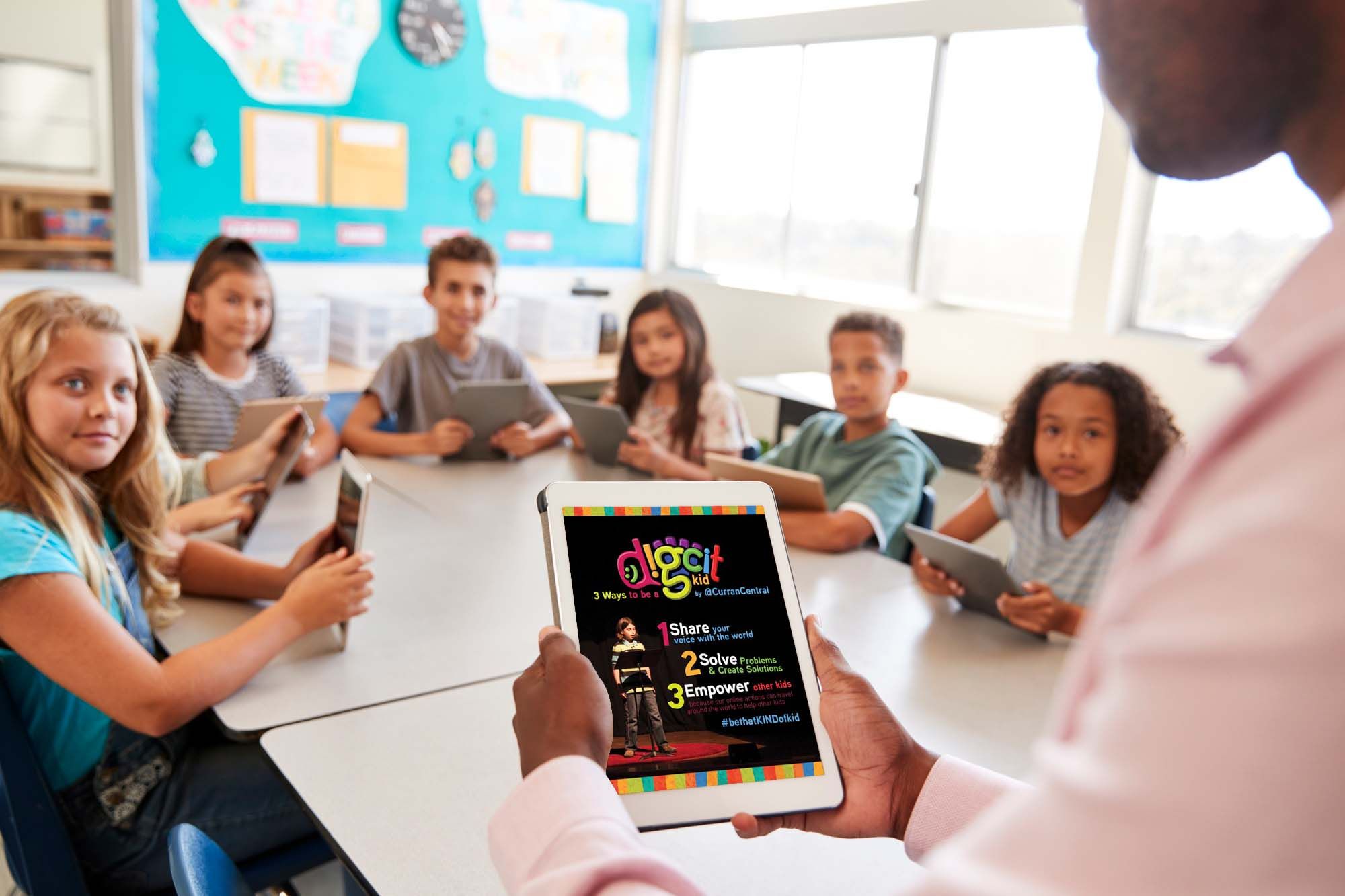Understanding the Online Landscape
The digital world offers incredible learning opportunities, but it also presents unique challenges. Students are exposed to a vast amount of information, some beneficial and some harmful. Understanding this landscape is the first step in safeguarding them. This includes recognizing the potential risks, such as cyberbullying, inappropriate content, online predators, and misinformation. Knowing where to find reliable resources and how to identify potentially dangerous situations is crucial for both educators and parents.
Creating a Safe Online Classroom Environment
Establishing clear expectations and guidelines for online behavior is vital. This involves creating a code of conduct that addresses respectful communication, responsible use of technology, and appropriate online interactions. Educators should actively model this behavior and consistently enforce the rules. Open communication is key; students should feel comfortable reporting any incidents of cyberbullying or other concerning online activities without fear of reprisal.

Implementing Robust Privacy Measures
Protecting student privacy is paramount. Educators should be familiar with and adhere to relevant data protection laws and school policies. This includes securely storing student data, using strong passwords, and limiting the collection of personal information to what is absolutely necessary. Transparency is important; students and parents should be informed about how their data is being used and protected.
Educating Students About Online Safety
Direct instruction on online safety is not optional; it’s essential. Regular lessons and workshops should cover topics such as identifying and avoiding phishing scams, recognizing and reporting inappropriate content, understanding the consequences of sharing personal information online, and the importance of critical thinking when evaluating online sources. Age-appropriate materials and interactive activities can make this learning engaging and effective.
Utilizing Technology to Enhance Safety
Technology itself can be a powerful tool in safeguarding students. Filtering software can help block inappropriate websites and content. Monitoring tools, used responsibly and ethically, can provide an extra layer of protection. However, it’s crucial to remember that technology is not a substitute for education and open communication. It’s a supplementary tool, not a solution in itself. Over-reliance on technology without addressing the underlying issues of responsible online behavior is ineffective.
Responding to Online Incidents
Having a clear protocol for addressing online incidents is essential. This should outline the steps to take when a student reports cyberbullying, harassment, or exposure to inappropriate content. It’s important to act swiftly and decisively, providing support to the affected student and taking appropriate disciplinary action against those responsible. Collaboration between educators, parents, and school administrators is crucial in effectively managing these situations. Knowing when and how to involve law enforcement might also be a necessary component of this plan.
Promoting Digital Citizenship
Beyond specific safety measures, fostering a culture of digital citizenship is equally important. This involves teaching students to be responsible, respectful, and ethical digital users. It emphasizes critical thinking, empathy, and the understanding of the impact their online actions have on others. Promoting digital well-being is crucial; students should understand the importance of balancing online and offline activities to prevent digital exhaustion and maintain healthy relationships.
Parent and Community Involvement
Safeguarding students online requires a collaborative effort. Parents play a vital role in reinforcing online safety messages at home. Open communication between parents, educators, and the wider community is essential. Schools can organize workshops and events to educate parents about online safety risks and strategies. Community partnerships can also provide additional resources and support.
Staying Updated on Emerging Threats
The online world is constantly evolving, with new technologies and new risks emerging regularly. Staying updated on the latest threats and best practices is crucial for educators and parents. Regular professional development for educators, access to reliable information sources, and ongoing communication with technology experts can help ensure that safety measures remain effective.
Building a Culture of Trust and Open Communication
Ultimately, the most effective safeguard is a culture of trust and open communication. Students should feel comfortable talking to educators and parents about their online experiences, both positive and negative. Creating a safe and supportive environment where students feel heard and understood is crucial in preventing and addressing online safety issues. This fosters a sense of responsibility and empowers students to make informed decisions about their online lives. Read also about securing digital classrooms.
